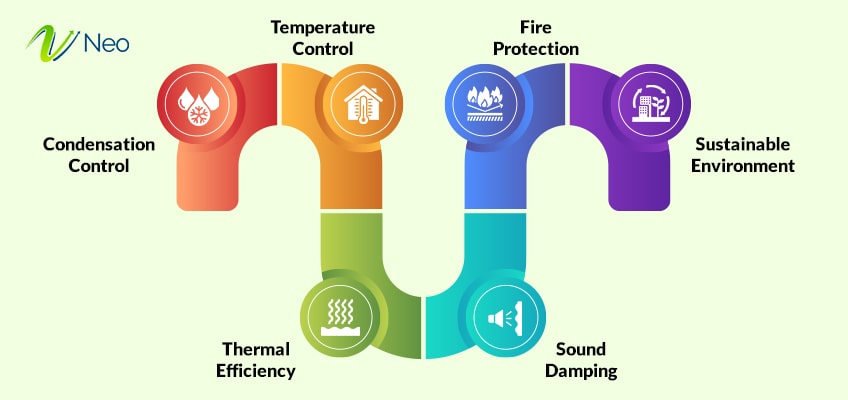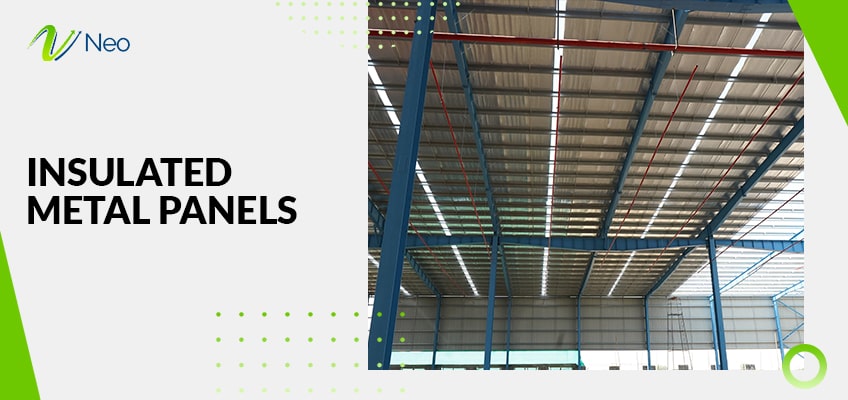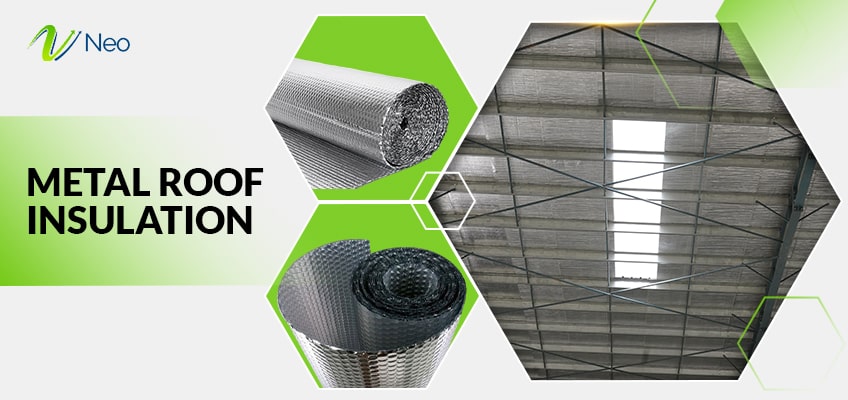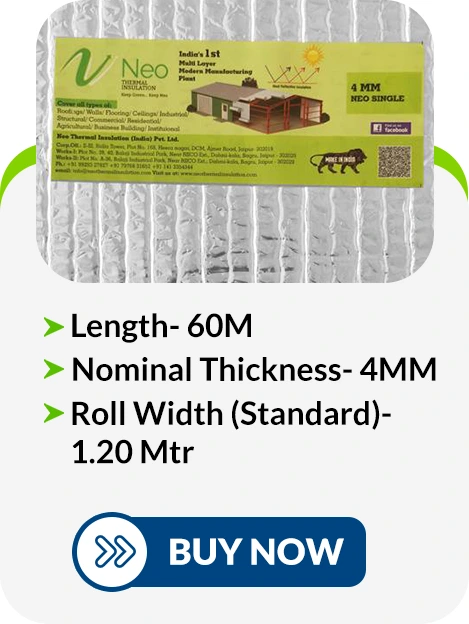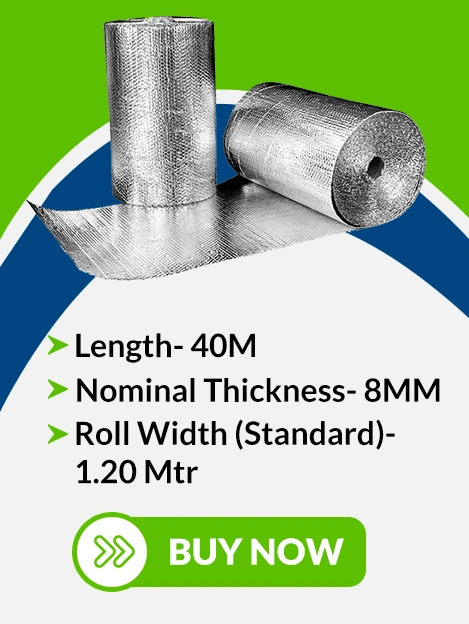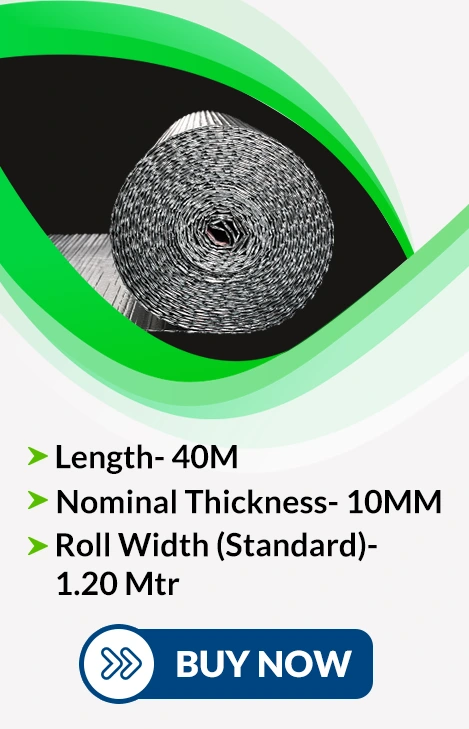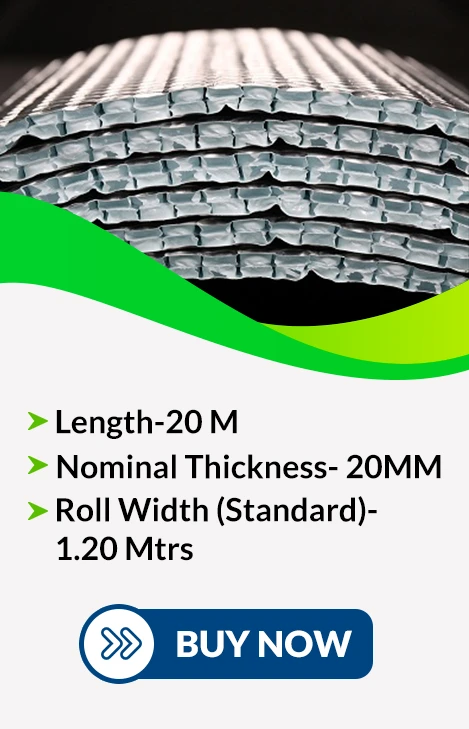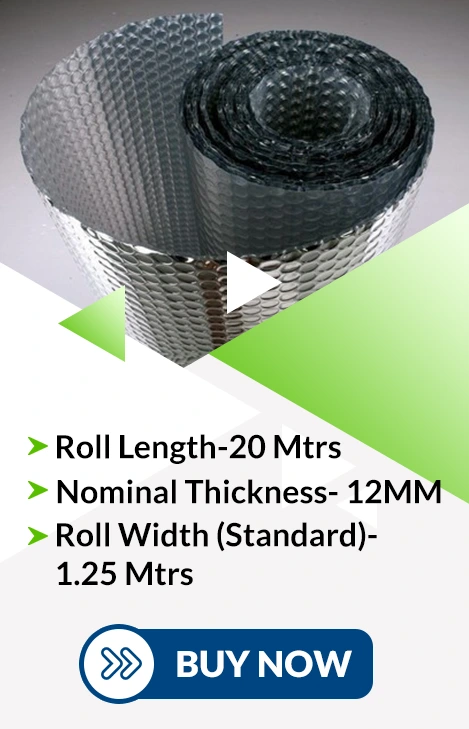Metal Building Insulation(Rolls, Panels, Types)
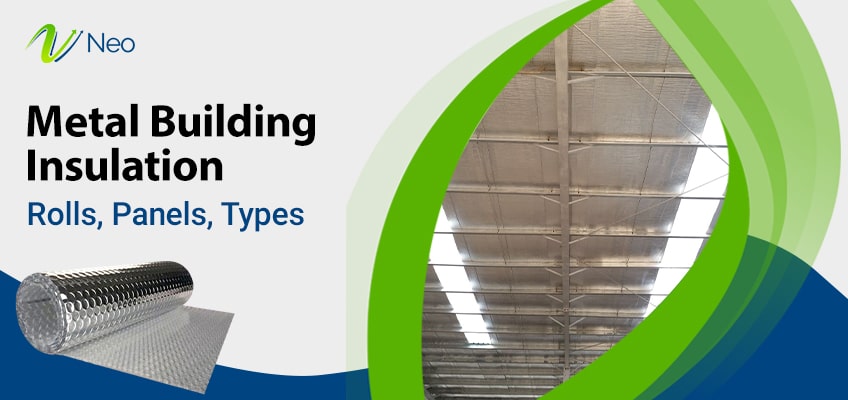
When it comes to building a warehouse or any metal building, Insulation is no longer an optional accessory. It plays a most significant role because it helps to regulate the inside temperature, prevent condensation, reduce energy consumption, stop heat, and reduce outside noise. Insulation is now a great option for metal building longevity, durability, and low maintenance.
Insulation is a must have for proper maintenance of your metal building. There are different types and sizes of insulations available for metal buildings in the market. So, it’s quite challenging to identify which one is best for your metal building. Don’t worry! Many people are not aware of the importance of metal building insulation, its types, and its purpose.
Here, let us discuss metal building insulation and how it works. We will also shed light upon the best insulation options, its benefits, and how to insulate a metal building. By the end of this guide, you will know exactly everything about insulation and which one is best for your metal building. Let’s dive in!
Metal Building Insulation: An Overview
Metal building insulation is a type of sheet. It covers a metal building to reduce the building’s moisture, stabilize the temperature, reduce noise, and lower energy costs. It will keep heat inside in the winter and outside in the summer.
However, it’s more useful than just temperature adjustment. If Insulation is not installed on a metal building, then it can cause rust and damage the building’s longevity as it can absorb heat better than wood.
Did you know? The global insulation market is expected to reach $117 billion. It clearly shows how fast Insulation is adapting and becoming an essential part of metal building. So, it is a must-have thing for metal buildings to ensure the longevity and stability of the building in the long term.
Functioning of Metal Building Insulation
Insulation is a blanket that covers metal buildings to protect them from heat flow and control noise. During winter, it traps heat and releases it during the summer. Also, some types of Insulation can increase the efficiency of lighting fixtures. It creates a barrier between inside space and outside weather to maintain temperature. There are some other properties that come with insulation material, such as reduced moisture risk, fire prevention, and reduced noise, which overall lead to long-term building sustainability.
How to Insulate a Metal Building?
When it comes to insulate a metal building, it follows a typical process of installing above the framing to ensure high protection. The right placement of Insulation is essential to moderate the temperature, protect the building from damage, and wall panels, ensure longevity, and prevent moisture in between the exterior roof, framing, and wall panels.
6 Benefits of Metal Building Insulation
Here are the significant benefits of metal building insulation:
1. Condensation Control
Since the inside and external surfaces of metal buildings have conflicting temperatures, condensation is a common problem. Condensation can result in moisture accumulation. This can harm structures and lead to corrosion and the growth of mold.
By maintaining a constant temperature of the building, metal building insulation serves as a barrier against condensation. Insulation serves to preserve the integrity of the structure and its contents. Further, it extends the life of the building components and lowering maintenance costs by avoiding moisture accumulation on metal surfaces.
2. Temperature Control
Selecting the appropriate Insulation for your metal building can help lower energy usage. In some states, it enables the building’s constructors to claim tax breaks for energy conservation. Steel panels do not insulate against heat or cold, as they have no insulating properties. Adding the right insulation material and type controls interior temperature, helping to keep the building colder during warm months.
Seeking a Reliable Thermal Insulation Company?
3. Thermal Efficiency
Metal building insulation reduces heat transfer between the building’s interior and exterior, enhancing thermal efficiency. In hot climates, these materials maintain the interior’s temperature by blocking sun rays. During the winter season, it minimizes heat loss and keeps the atmosphere warm, maintaining a comfortable spot.
4. Sound Damping
The reflecting surfaces of metal buildings give rise to echoes and reverberation, frequently linked to excessive noise. Metal insulation for buildings reduces sound transmission by absorbing and damping noise inside the building. Insulation makes an area quieter and more comfortable for occupants by lowering impact and airborne noise. This benefit is ideal for industrial and commercial facilities where noise control is vital.
5. Fire Protection
Metal building insulation adds a layer to your building, improving fire safety by acting against the spread of smoke or flame in case of fire or an emergency. Several insulation materials have fire-resistant properties, protecting your structure from heat damage. Since it slows down the spread of fire and ignition, it allows occupants to respond smartly in case of emergency.
6. Sustainable Environment
Metal building insulation helps to promote environmental sustainability by lowering greenhouse gas emissions and reducing energy consumption. Insulation lowers the carbon footprint of heating and cooling. Further, it facilitates operations by increasing a building’s energy efficiency. Furthermore, a large number of insulation materials are produced using renewable or recycled resources, which lessens their impact on the environment.
5 Best Metal Building Insulation Options
Here are some of the best insulation options you can consider:
1. Metal Building Insulation Rolls
These are insulation materials that minimize heat transfer and regulate temperature in metal structures such as barns, warehouses, and commercial buildings. These insulation rolls are made of fiberglass or other insulating materials, making installation easier. They are also moisture resistant, reduce noise, and provide thermal protection, improving your building’s interiors.
2. Insulated Metal Panels
Insulated metal panel is a common type of insulation that carefully combines interior Insulation and exterior metal cladding into a single panel. Known for offering top-notch thermal performance, such Insulation is great for energy-efficient buildings. These panels create moisture-resistant and highly durable exteriors for the building.
3. Spray Foam Insulation
It is a two-part liquid insulation material that foams to insulate wherever it is applied. It is available in open and closed-cell types. Additionally, this type of insulation never loses its shape or sags with time. The Insulation builds an air seal for all holes and cracks, along with large open spaces such as pole barns.
Seeking a Reliable Thermal Insulation Company?
4. Fiberglass
Fiberglass is a commonly used insulation in commercial and residential projects. Since it is a residential and commercial insulator, it reduces the heat and traps air, ensuring your building remains cool during the summer and warm during the winter season. These are generally available in batts, rolls, and loose fills that promise excellent thermal performance. Although fiberglass insulation has a lower R-value, it is more economical and easy to use.
5. Metal Roof Insulation
Metal roof insulation is a specialized building material that protects buildings from heat and changing temperatures. Such Insulation is made using fiberglass or foam and installed underneath the metal roofing panels. Further, it reduces energy costs and improves indoor comfort, helping to maintain a more stable temperature.
Metal Building Insulation R Value
An R-value is like a rating measurement tool that is given to Insulation, which determines the quality and how well it maintains temperature. A higher R-value shows the high quality of Insulation, which means less heat can pass through the Insulation. It typically ranges from R-7 to R-30. However, there are some factors that contribute to R-values:
- Types of Insulation
- Density
- Thickness
Here’s the R-value system:
- Single layer typically ranges from 2.5″ (R-8), 3″ (R-10), 3.5″ (R-11), 4″ (R-13), 6″ (R-19), 8″ (R-25), 9.25″ (R-30).
- Double layer ranges from 3″+6″ (R-29), 3.5″+6″ (R-30), 4″+6″ (R-32), 2.5+8″ (R-33), 3″+8″ (R-35), 6″+6″ (R-38), 3”+9.25” (R-40) and 4”+9.25” (R-43).
Conclusion
Metal building insulations play an essential part in protecting the building for longevity. However, it is important to understand earlier which type of Insulation is suitable for your metal building. We hope this guide helps you know everything about insulation, its types, and its benefits. Now, if you are planning for insulation, you have clear options, and you can select which one is suitable for your building and get Insulation done by experts.
FAQs For Metal Building Insulation
Q.1 Mention the Best Insulation for a Metal Building?
Fiberglass is a widely used insulation for metal buildings. It is famous for its attractive appeal and durable nature. Further, the installation cost is low.
Q.2 How Much Does Metal Building Insulation Cost?
On average, metal building insulation costs between 41.68 INR to 375.13 INR per square foot installed. The cost is affected by factors like the project complexity and type of Insulation.
Q.3 Which Factors to Consider When Selecting Insulation for Metal Buildings?
Some major factors to consider when choosing an insulation:
- Thermal performance
- Sound Insulation
- Fire protection
- Health impact
- Moisture and mold
- Sustainability
Q.4 How thick is Metal Building Insulation?
Insulation is readily available in different thicknesses. These range from 2 5/8″ R-8 to 9.5″ R-30. Out of all, the thickest insulation is 9.25″ R-30.
